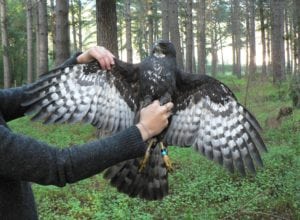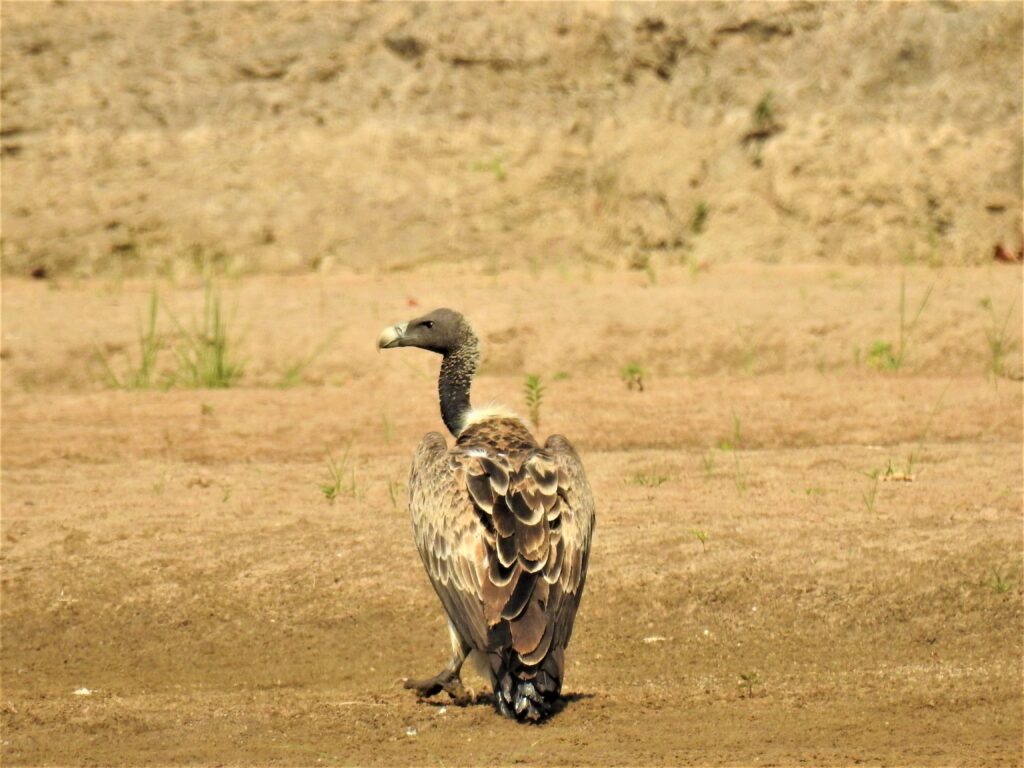Of the 10,000+ known bird species in the world, only 3.5% have been documented to show colour polymorphism—a phenomenon in which individuals of the same species occur in two or more distinct colour patterns. However, this phenomenon, for reasons unknown, is much more common in birds of prey. And among birds of prey, the genus Accipiter is a standout example, in which around a quarter of about 50 species appear in two or more morphs. Why polymorphism is prevalent in birds of prey is still a puzzle to evolutionary biologists. Gareth Tate and colleagues decided to test one long-standing explanation—that different morphs have better hunting success under different light conditions. By setting up video cameras in nests, Gareth and the team were able to compare rates of prey brought back by black and white coloured male black sparrowhawks (Accipiter melanoleucus) at different times of the day. Their analysis revealed that black morphs were more successful in capturing prey in low light conditions while lighter morphs were more successful in brighter conditions.
The team also explored whether there is a relation between the frequency of black sparrowhawks’ morphs and seasonal variation in its range within South Africa. They found that, during the breeding season, the frequency of black morphs declines from more than 75% in the southwest to less than 20% in the northeast of the country. The southwest region of the country experiences cloudy wet winters, whereas winters in the northeast are clear and dry. In other words, dark morphs are predominant in areas with higher rainfall. Thus this study provides compelling evidence to show that polymorphic birds spread across large geographic landscapes are impacted by local light conditions in their ability to hunt and survive.

Reference:
Tate GJ, JM Bishop and A Amar. 2016. Differential foraging success across a light level spectrum explains the maintenance and spatial structure of colour morphs in a polymorphic bird. Ecol Lett, 19: 679–686. doi:10.1111/ele.12606
Photographs: Gareth Tate, Doctoral candidate, Percy FirzPatrick, Institute of African Ornithology, University of Cape Town






